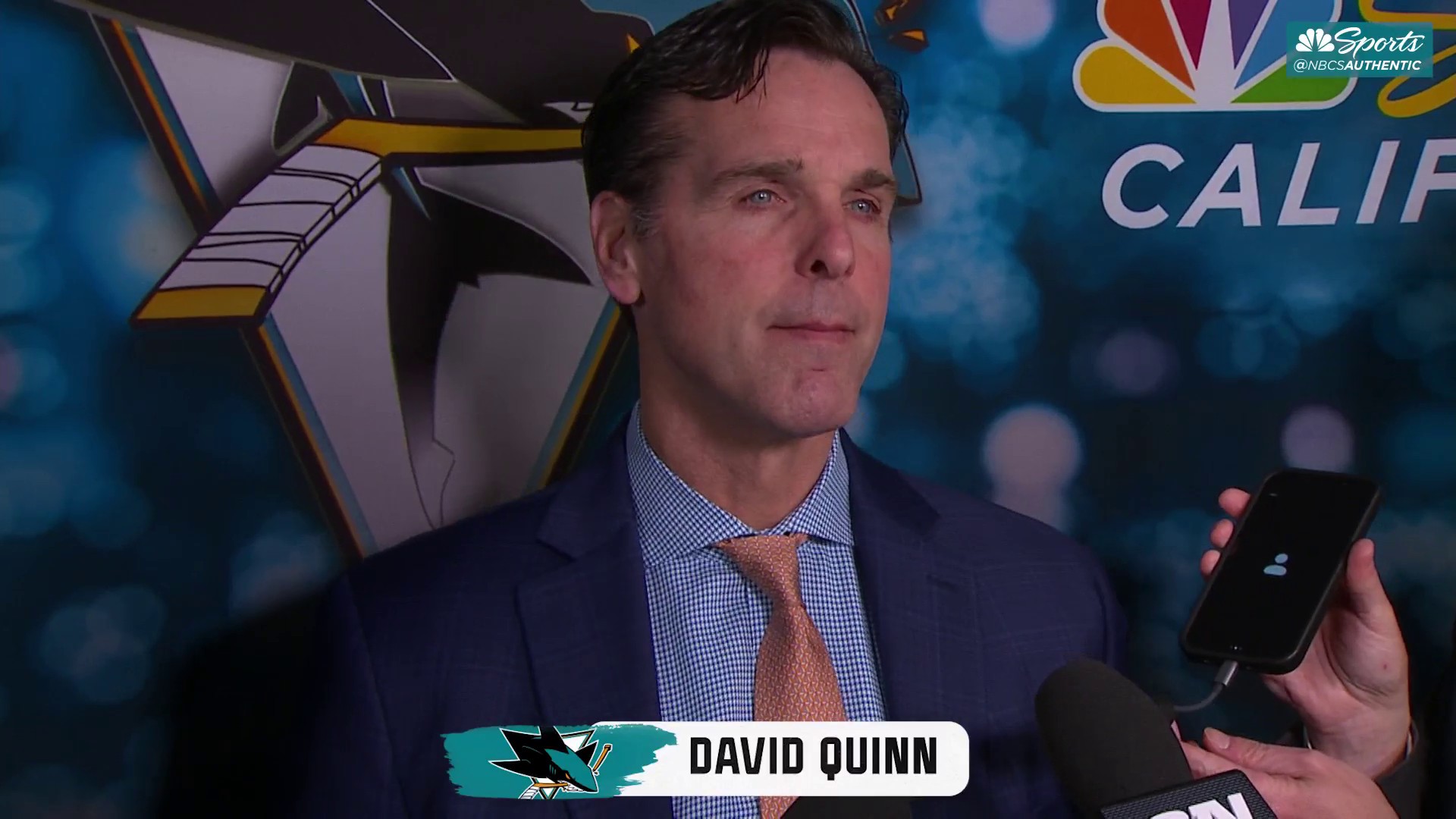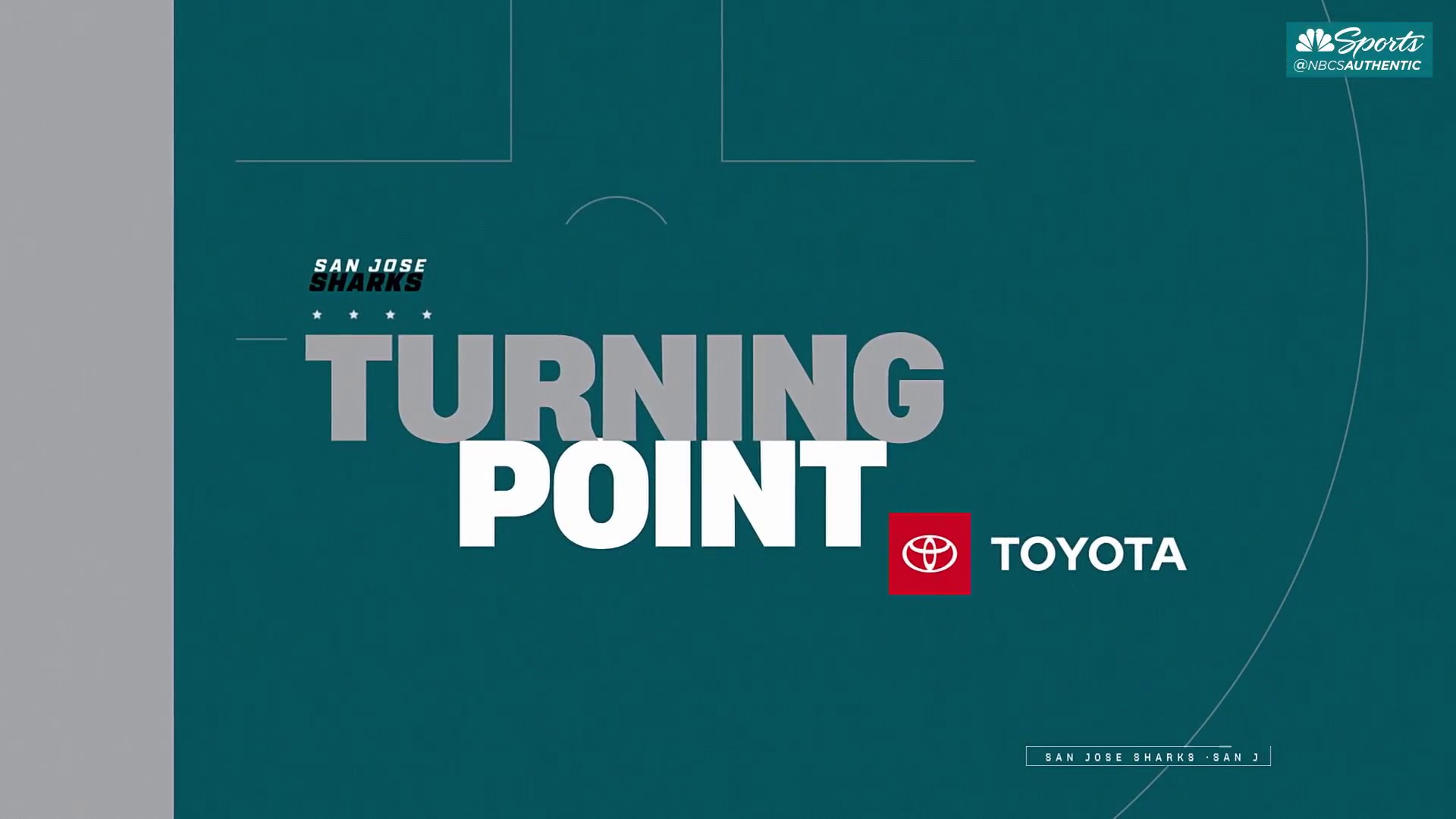
Despite commissioner Gary Bettmans proclamation that the NHL doesnt negotiate in public, the league has released the point-by-point the details of its latest CBA proposal.
The proposal, made to the union on Tuesday, is centered around a 50-50 split of hockey-related revenue and could lead to a full, 82-game schedule beginning on Nov. 2. It also clearly states that a new deal must be in place by Oct. 25 in order to save the entire slate of games.
The decision to release the CBA details was explained as follows:
Our negotiations with the NHLPA have failed to progress on the most critical economic and system-related issues. After considerable deliberation, we have decided to make this proposal because time is of the essence. Specifically, in order to save the full 82-game season, the Regular Season schedule will have to commence no later than November 2, with 7-day Club Training Camps that must open by October 26. As a practical matter, this means we must conclude a new written CBA by October 25. We believe the parties can achieve this and that by working together, we can jointly preserve an 82-game season for our Players, our Clubs, and most importantly, for our fans.
The league and players association are scheduled to meet again on Thursday, at which time Donald Fehr and the union are expected to make a counter-proposal.
Stay in the game with the latest updates on your beloved Bay Area and California sports teams! Sign up here for our All Access Daily newsletter.
Fehr gave his initial thoughts of the proposal in a letter to players and agents that was obtained by TSNs Bob McKenzie, and makes it clear that there are myriad concerns from the players and that there is still plenty of work to be done. The players association held a conference call on Tuesday to discuss the details of the offer with its constituency.
Simply put, the owners new proposal, while not quite as Draconian as their previous proposals, still represents enormous reductions in player salaries and individual contracting rights, Fehr wrote. As you will see, at the 5 per cent industry growth rate the owners predict, the salary reduction over six years exceeds 1.6 billion. What do the owners offer in return?
Although Fehr offers some ominous undertones, the general feeling is that the owners latest proposal will lead to hockey at some point this seasonalthough not necessarily by Nov. 2. The pressure has shifted squarely to the shoulders of the players, who are now in the unique position to either save the season by making some concessions they had to know were coming all along, or look like the bad guys by not accepting some form of a 50-50 revenue split.
The NHL offered their full proposal via press release on Wednesday. Here it is:
San Jose Sharks
NATIONAL HOCKEY LEAGUES OCTOBER 16 PROPOSAL FOR NEW COLLECTIVE BARGAINING AGREEMENTFollowing is the full text of the NHLs offer for a new Collective Bargaining Agreement in order to preserve a full, 82-game season that the National Hockey League presented Tuesday to the NHL Players Association (along with the accompanying commentary and descriptions also provided to the NHLPA). While the original intention was not to release the details of the offer publicly, not surprisingly there have been widespread reports attempting to describe and characterize the terms of the offer that understandably are incomplete. Asa result, we believe that full public disclosure at this stage is bothnecessary and appropriate. NHL PROPOSAL TO SAVE 82-GAME SEASON
1. Term: Six-year Agreement with mutual option for a seventh year.2. HRR Accounting: Current HRR Accounting subject to mutual clarification of existing interpretations and settlements.3. Applicable Players Share: For each of the six (6) years of the CBA (and any additional one-year option) the Players Share shall be Fifty (50) percent of Actual HRR.4. Payroll Range: Payroll Range will be computed using existing methodology. For the 201213 season, the Payroll Range will be computed assuming HRR will remain flat year-over-year (201112 to201213) at 3.303 Billion (assuming Preliminary Benefits of95 Million).201213 Payroll Range
Lower Limit = 43.9 Million
Midpoint = 51.9 Million
Upper Limit = 59.9 MillionAppropriate Transition Rules to allow Clubs to exceed Upper Limit for the 201213 season only (but in no event will Clubs Averaged Club Salary be permitted to exceed the pre-CBA Upper Limit of 70.2 Million).5. Cap Accounting: Payroll Lower Limit must be satisfied without performance bonuses.
All years of existing SPCs with terms in excess of five (5) years will be accounted for and charged against a teams Cap (at full AAV) regardless of whether or where the Player is playing. In the event any such contract is traded during its term, the related Cap charge will travel with the Player, but only for the year(s) in which the Player remains active and is being paid under his NHL SPC. If, at some subsequent point in time the Player retires or ceases to play andor receive pay under his NHL SPC, the Cap charge will automatically revert (at full AAV) to the Club that initially entered into the contract for the balance of its term.
Money paid to Players on NHL SPCs (one-ways and two-ways) in another professional league will not be counted against the Players Share, but all dollars paid in excess of 105,000 will be counted against the NHL Clubs Averaged Club Salary for the period during which such Player is being paid under his SPC while playing in another professional league.
In the context of Player Trades, participating Clubs will be permitted to allocate Cap charges and related salary payment obligations between them, subject to specified parameters. Specifically, Clubs may agree to retain, for each of the remaining years of the Players SPC, no more than the lesser of:
(i) 3 million of a particular SPCs Cap charge or (ii) 50 percent of the SPCs AAV (Retained Salary Transaction).
In any Retained Salary Transaction, salary obligations as between Clubs would be allocated on the same percentage basis as Cap charges are being allocated. So, for instance, if an assigning Club agrees to retain 30 of an SPCs Cap charge over the balance of its term, it will also retain an obligation to reimburse the acquiring Club 30 of the Players contractual compensation in each of the remaining years of the contract. AClub may not have more than two (2) contracts as to which Cap charges have been allocated between Clubs in a Player Trade, and no more than 5 million in allocated Cap charges in the aggregate in any one season.6. System Changes: Entry Level System commitment will be limited to two (2) years (covering two full seasons) for all Players who sign their first SPC between the ages of 18 and 24 (i.e., where the first year of the SPC only covers a partial season, SPC must be for three (3) years).
Maintenance of existing Salary Arbitration System subject to: (i) total mutuality of rights with regard to election as between Player and Club, and (ii) eligibility for election moved to five years of professional experience (from the current four years).
Group 3 UFA eligibility for Players who are 28 or who have eight (8) Accrued Seasons (continues to allow for early UFA eligibility -- age 26).
Maximum contract length of five (5) years.
Limit on year-to-year salary variability on multi-year SPCs -- i.e., maximum increase or decrease in total compensation (salary and bonuses) year-over-year limited to 5 of the value of the first year of the contract. (For example, if a Player earns 10 million in total compensation in Year 1 of his SPC, his compensation (salary and bonuses) cannot increase or decrease by more than 500,000 in any subsequent year of his SPC.)Re-Entry waivers will be eliminated, consistent with the CapAccounting proposal relating to the treatment of Players on NHL SPCs playing in another professional league.
NHL Clubs who draft European Players obtain four (4) years of exclusive negotiating rights following selection in the Draft. If the four-year period expires, Player will be eligible to enter the League as a Free Agent and will not be subject to re-entering the Draft.7. Revenue Sharing: NHL commits to Revenue Sharing Pool of 200 million for 201213 season (based on assumption of 3.303 Billion in actual HRR). Amount will be adjusted upward or downward in proportion to Actual HRR results for 201213. Revenue Sharing Pools in future years will be calculated proportionately.
At least one-half of the total Revenue Sharing Pool (50) will be raised from the Top 10 Revenue Grossing Clubs in a manner to be determined by the NHL.
The distribution of the Revenue Sharing Pool will be determined on an annual basis by a Revenue Sharing Committee on which the NHLPA will have representation and input.
For each of the first two years of the CBA, no Club will receive less in total Revenue Sharing than it received in 201112.
Current Disqualification criteria in CBA (for Clubs in Top Half of League revenues and Clubs in large media markets) will be removed.
Existing performance and reduction standards and provisions relating to non-performers (i.e., CBA 49.3(d)(i) and 49.3 (d)(ii)) will be eliminated and will be adjusted as per the NHLs 731 Proposal.8. Supplemental and Commissioner Discipline:Introduction of additional procedural safeguards, including ultimate appeal right to a neutral third-party arbitrator with a clearly erroneous standard of review.9. No Rollback: The NHL is not proposing that current SPCs be reduced, re-written or rolled back. Instead, the NHLs proposal retains all current Players SPCs at their current face value for the duration of their terms, subject to the operation of the escrow mechanism in the same manner as it worked under the expired CBA.10. Players Share: Make Whole Provision: The League proposes to make Players whole for the absolute reduction in Players Share dollars (when compared to 201112) that is attributable to the economic terms of the new CBA (the Share Reduction). Using an assumed year-over-year growth rate of 5 for League-wide revenues, the new CBA could result in shortfalls from the current level of Players Share dollars (1.883 Billion in 201112) of up to 149 million in Year 1 and up to 62 million in Year 2, for which Players will bemade whole. (By Year 3 of the new CBA, Players Share dollars should exceed the current level (1.883 Billion for201112) and no make whole will be required.) Any such shortfalls in Years 1 and 2 of the new CBA will be computed as a percentage reduction off of the Players stated contractual compensation, and will be repaid to the Player as a Deferred Compensation benefit spread over the remaining future years of the Players SPC (or if he has no remaining years, in the year following the expiration of his SPC). Player reimbursement for the Share Reduction will be accrued and paid for by the League, and will be chargeable against Players Share amounts in future years as Preliminary Benefits. The objective would be to honor all existing SPCs by restoring their value on the basis of the now existing level of Players Share dollars.


